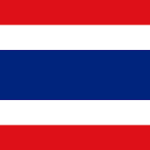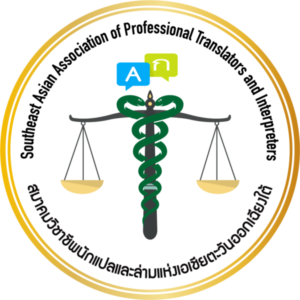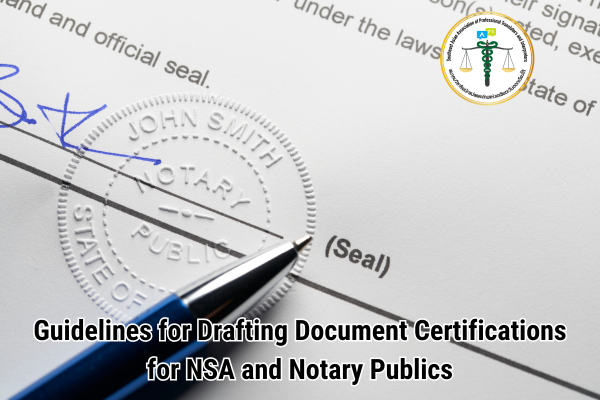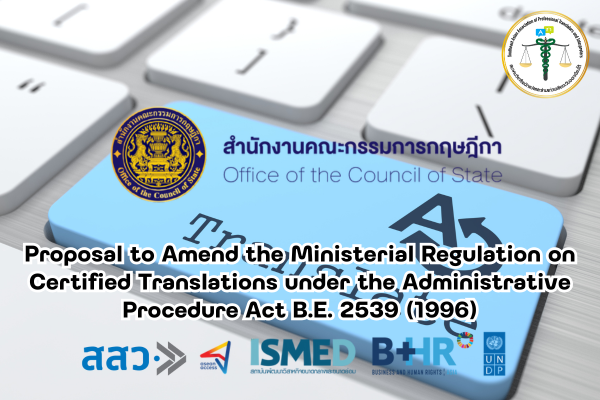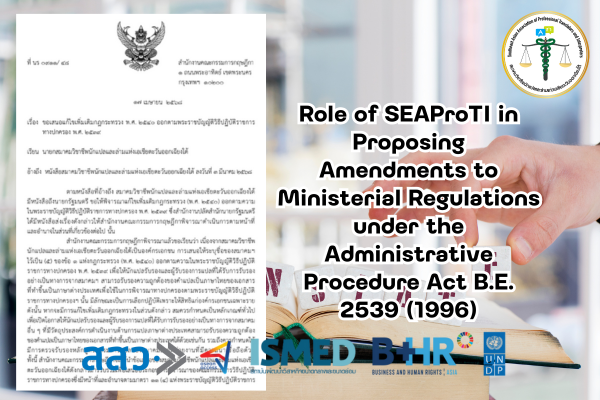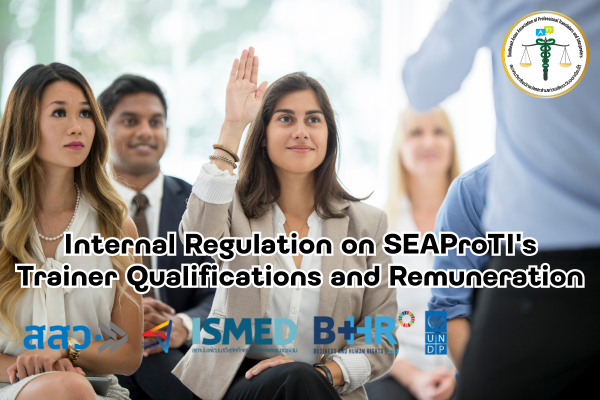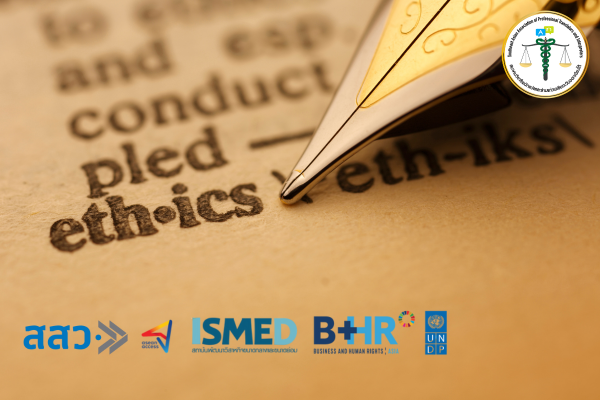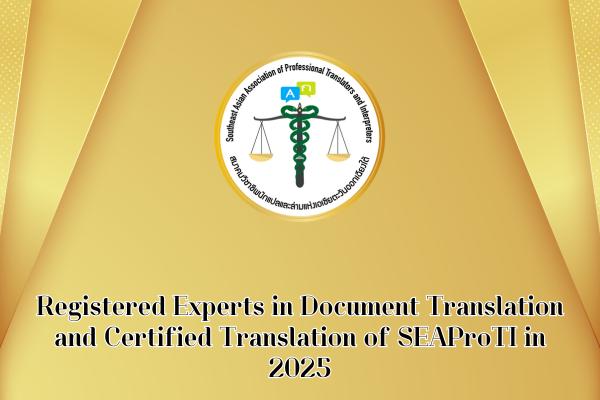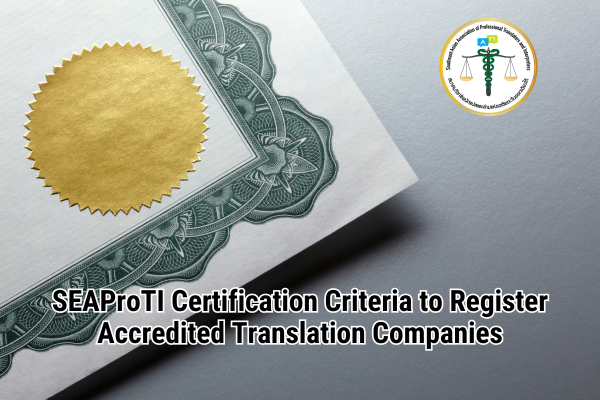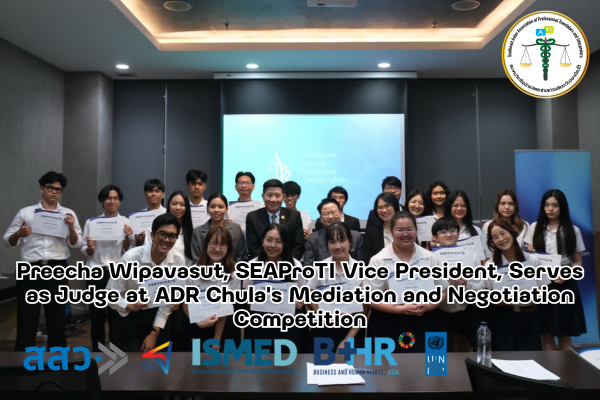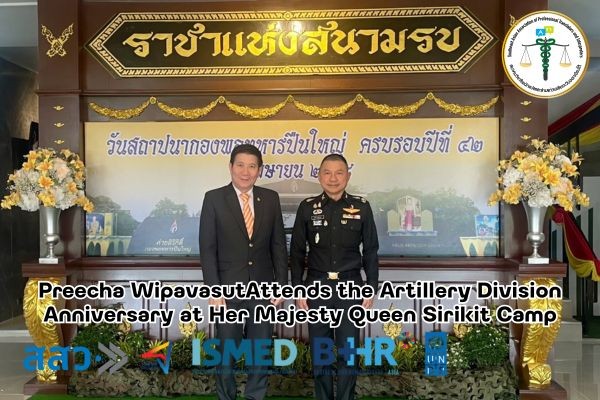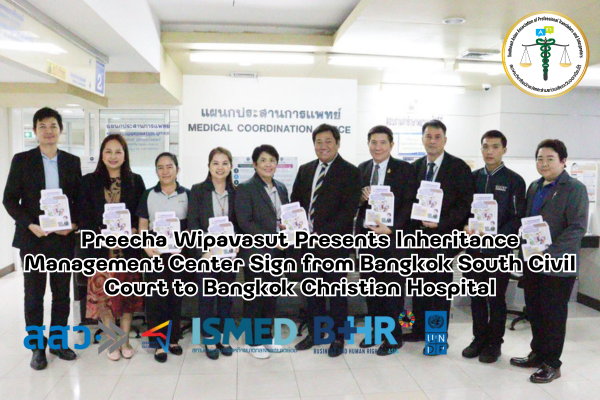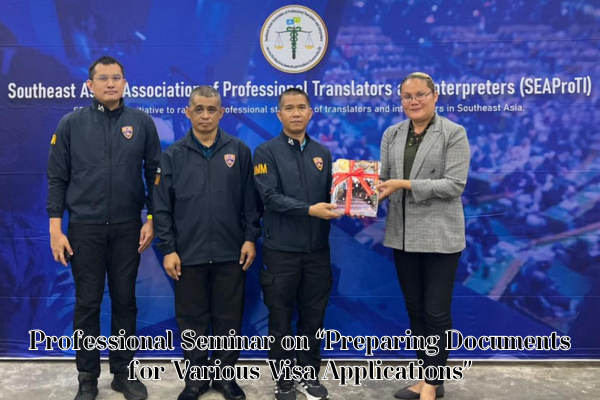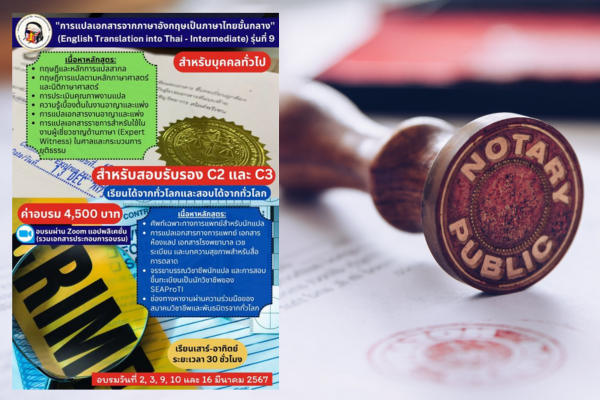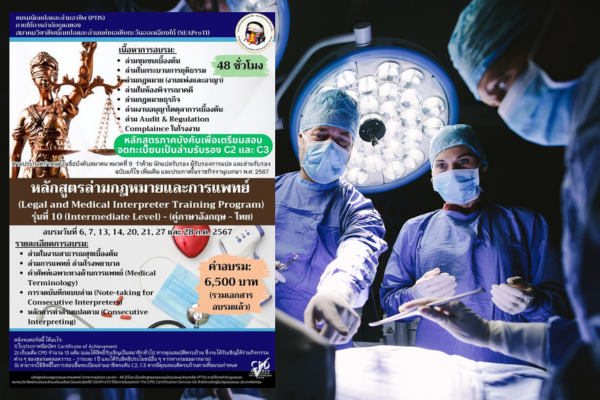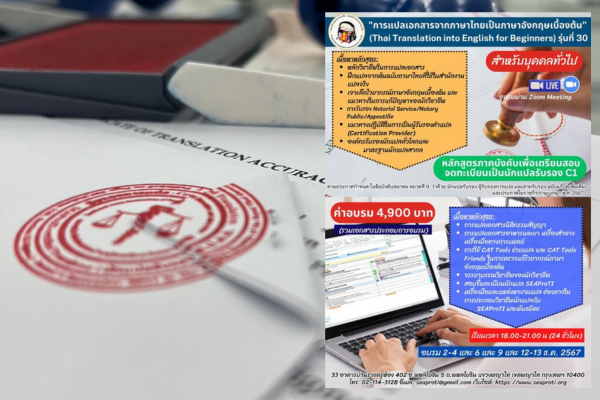Guidelines for Drafting Document Certifications:
Formats and Practices for Notarial Service Attorneys and Notary Publics
Drafting document certifications by Notarial Service Attorneys or Notary Publics is a crucial process as it impacts the credibility and acceptance of documents in legal or international contexts. The choice of sentence structure depends on the type of document being certified and its intended purpose. The two common patterns discussed here are versatile and widely applicable, serving different certification needs.
Pattern 1: Sentences Starting with “I”
This format is suitable for cases where the certifier’s actions or examinations need to be explicitly stated, such as:
- Verifying and certifying the authenticity of a document.
- Recording the certifier’s actions in detail.
- Affirming the accuracy of the document review.
Examples:
-
I examined a copy of Mr. X’s passport.
This is appropriate for certifying that the document has been reviewed and verified as correct. -
I found the copy to be a true and complete copy of the original document.
Suitable for certifying that the copy matches the original document. -
I assume no responsibility for the contents of the documents.
Used to disclaim responsibility for the content while certifying the verification process.
Pattern 2: Sentences Starting with the Person’s Name
This format is appropriate for cases involving the certification of a person’s actions or circumstances, such as:
- Verifying a person’s identity.
- Certifying that a document was signed in the certifier’s presence.
- Confirming details related to the individual involved.
Examples:
-
Mr. X appeared before me, the undersigned Notary Public.
Used to certify that the individual appeared in person for the document certification. -
Mr. X signed the attached documents in my presence.
Appropriate for certifying that the signing occurred in the presence of the certifier. -
Mr. X proved to me through satisfactory evidence of identification.
Used to indicate that the signer provided credible identification evidence.
Benefits of Writing Detailed Document Certifications
-
Clarity and Transparency
Providing detailed explanations of the certification process helps minimize disputes and ensures mutual understanding among all parties. -
Legal Credibility
Using clear and precise language enhances the reliability and correctness of the certified documents in legal proceedings. -
Protecting the Certifier’s Liability
Clearly defining the scope of responsibility (or disclaiming liability) reduces the risk of future complications for the certifier. -
International Acceptance
Using internationally recognized formats ensures the smooth use of the certified documents in foreign countries.
Tips for Writing Certifications
- Use formal and concise language.
- Thoroughly examine the original document details.
- Include the date, name of the individual, and all relevant information.
- Follow the legal requirements or regulations of the relevant country or organization.
Both patterns described are applicable in different contexts depending on the purpose of the certification. If you have a specific situation that requires tailored certification phrasing, feel free to share it for further customization!
SEAProTI’s certified translators, translation certification providers, and certified interpreters:
The Southeast Asian Association of Professional Translators and Interpreters (SEAProTI) has officially announced the criteria and qualifications for individuals to register as “Certified Translators,” “Translation Certification Providers,” and “Certified Interpreters” under the association’s regulations. These guidelines are detailed in Sections 9 and 10 of the Royal Thai Government Gazette, issued by the Secretariat of the Cabinet under the Office of the Prime Minister of the Kingdom of Thailand, dated July 25, 2024, Volume 141, Part 66 Ng, Page 100.
To read the full publication, visit: the Royal Thai Government Gazette
หลักการเขียนคำรับรองเอกสาร: รูปแบบและแนวทางสำหรับ Notarial Service Attorney และ Notary Public
การเขียนคำรับรองเอกสารของ Notarial Service Attorney หรือ Notary Public เป็นกระบวนการที่สำคัญ เนื่องจากมีผลต่อความน่าเชื่อถือและการยอมรับเอกสารในระดับทางกฎหมายหรือการใช้งานในระดับสากล การเลือกใช้รูปแบบประโยคในการรับรองขึ้นอยู่กับลักษณะของเอกสารที่ต้องการรับรองและวัตถุประสงค์ของการใช้เอกสารนั้น ๆ ทั้งสองรูปแบบที่คุณได้กล่าวถึงมีประโยชน์ในสถานการณ์ต่าง ๆ ดังนี้:
การเขียนรับรองในแบบที่ 1: ขึ้นต้นด้วย “I”
เหมาะสำหรับกรณีที่ต้องการแสดงถึงการกระทำหรือการตรวจสอบของผู้ทำคำรับรอง เช่น:
- การตรวจสอบและยืนยันความถูกต้องของเอกสาร
- การระบุการกระทำที่ได้ดำเนินการโดยตรง
- การบันทึกข้อมูลเชิงรายละเอียดเกี่ยวกับการตรวจสอบ
ตัวอย่าง:
- I examined a copy of Mr. X’s passport.
เหมาะสำหรับการยืนยันว่าได้ตรวจสอบเอกสารสำเนาและยอมรับว่าเป็นเอกสารที่ถูกต้อง - I found the copy to be a true and complete copy of the original document.
ใช้ในกรณีที่ต้องการรับรองว่าเอกสารสำเนาตรงกับต้นฉบับ - I assume no responsibility for the contents of the documents.
ใช้เพื่อปฏิเสธความรับผิดชอบในเนื้อหาของเอกสาร แต่รับรองในส่วนของกระบวนการตรวจสอบ
การเขียนรับรองในแบบที่ 2: ขึ้นต้นด้วยชื่อบุคคล
เหมาะสำหรับกรณีที่เกี่ยวข้องกับการรับรองพฤติการณ์หรือการกระทำของบุคคล เช่น:
- การยืนยันตัวตนของบุคคล
- การรับรองการลงนามต่อหน้าผู้รับรอง
- การรับรองข้อมูลเกี่ยวกับบุคคล
ตัวอย่าง:
- Mr. X appeared before me, the undersigned Notary Public.
ใช้ในกรณีที่บุคคลปรากฏตัวเพื่อขอรับรองเอกสาร - Mr. X signed the attached documents in my presence.
เหมาะสำหรับกรณีที่ต้องการยืนยันว่าการลงนามเกิดขึ้นต่อหน้าผู้รับรอง - Mr. X proved to me through satisfactory evidence of identification.
ใช้เพื่อระบุว่าผู้ลงนามได้แสดงหลักฐานยืนยันตัวตนที่น่าเชื่อถือ
ประโยชน์ของการเขียนอธิบายรายละเอียดในคำรับรองเอกสาร
- ความชัดเจนและความโปร่งใส
การเขียนรายละเอียดเกี่ยวกับสิ่งที่รับรองช่วยลดข้อโต้แย้งและสร้างความเข้าใจตรงกันระหว่างฝ่ายที่เกี่ยวข้อง - ความน่าเชื่อถือทางกฎหมาย
การใช้ถ้อยคำที่ชัดเจน ช่วยให้เอกสารที่ได้รับการรับรองมีความน่าเชื่อถือและถูกต้องในกระบวนการทางกฎหมาย - การปกป้องความรับผิดชอบของผู้รับรอง
การระบุขอบเขตความรับผิดชอบ (หรือการปฏิเสธความรับผิดชอบ) อย่างชัดเจน ช่วยลดความเสี่ยงในกรณีที่เกิดปัญหาในอนาคต - การยอมรับในระดับสากล
การใช้รูปแบบที่ได้รับการยอมรับในระดับมาตรฐานสากลช่วยให้เอกสารสามารถนำไปใช้งานในต่างประเทศได้อย่างราบรื่น
ข้อแนะนำในการเขียนคำรับรอง
- ใช้ภาษาอย่างเป็นทางการและตรงประเด็น
- ตรวจสอบรายละเอียดของเอกสารต้นฉบับอย่างถี่ถ้วน
- ระบุวันที่ ชื่อบุคคล และข้อมูลที่เกี่ยวข้องให้ครบถ้วน
- ปฏิบัติตามกฎหมายหรือข้อกำหนดของประเทศหรือหน่วยงานที่เกี่ยวข้อง
การใช้ประโยคทั้งสองรูปแบบนี้ขึ้นอยู่กับบริบทและวัตถุประสงค์ของการรับรอง หากคุณมีตัวอย่างสถานการณ์ที่ต้องการใช้คำรับรองเพิ่มเติม สามารถแจ้งมาได้เพื่อการปรับแต่งที่เหมาะสมยิ่งขึ้น
เกี่ยวกับนักแปลรับรอง ผู้รับรองการแปล และล่ามรับรองของสมาคมวิชาชีพนักแปลและล่ามแห่งเอเชียตะวันออกเฉียงใต้
สมาคมวิชาชีพนักแปลและล่ามแห่งเอเชียตะวันออกเฉียงใต้ (SEAProTI) ได้ประกาศหลักเกณฑ์และคุณสมบัติผู้ที่ขึ้นทะเบียนเป็น “นักแปลรับรอง (Certified Translators) และผู้รับรองการแปล (Translation Certification Providers) และล่ามรับรอง (Certified Interpreters)” ของสมาคม หมวดที่ 9 และหมวดที่ 10 ในราชกิจจานุเบกษา ของสำนักเลขาธิการคณะรัฐมนตรี ในสำนักนายกรัฐมนตรี แห่งราชอาณาจักรไทย ลงวันที่ 25 ก.ค. 2567 เล่มที่ 141 ตอนที่ 66 ง หน้า 100 อ่านฉบับเต็มได้ที่: นักแปลรับรอง ผู้รับรองการแปล และล่ามรับรอง
